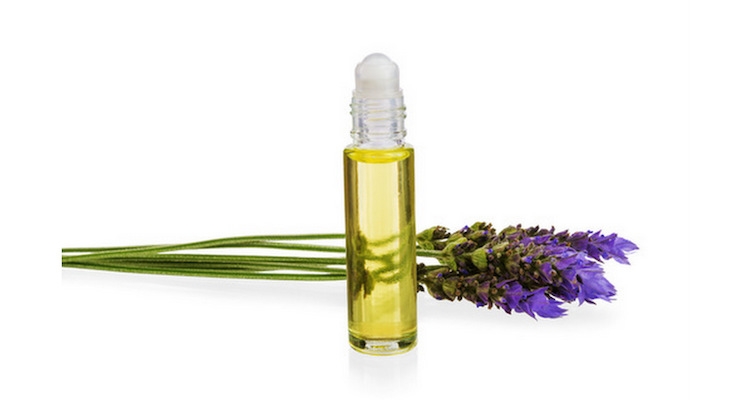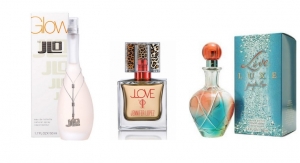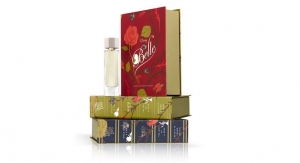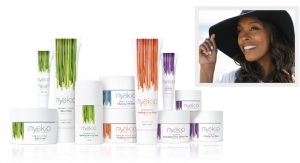Maria Coronado04.13.17
Multicultural consumers seek natural ingredients, and fragrances are not an exception. Natural fragrances are gaining popularity and their use in the beauty and personal care industry is increasing globally, especially in Asia Pacific and the Middle East. According to Euromonitor International ingredients data, between 2015 and 2020, essential oils are expected to grow in beauty and personal care products at 5% CAGR in Asia-Pacific and 6% in the Middle East.
The consumer trend toward greener and healthier lifestyles is influencing the ingredients market. Aware of the increasing demand for natural ingredients in the fragrance arena, big players such as Firmenich, Givaudan and Symrise are finding inspiration in nature and expanding their natural ingredients portfolio. Demand for these ingredients is expected to continue driven by demand from multicultural consumers, the global trend toward greener lifestyles, as well as the trend toward simpler formulations with fewer chemicals (free-from claims and clean labeling) and toward multifunctional ingredients that can provide additional benefits besides aroma such as antioxidant, anti-inflammatory, antipollution, anti-stress, conditioning or emollient properties.
Although the demand for natural fragrances is increasing, the volumes of essential oils used in beauty and personal care are still far lower than volumes of synthetic fragrances. Naturals are no doubt on the rise, however, a key factor that can limit the growth of essential oils in certain applications is price volatility due to the high manufacturing cost of natural fragrances compared to synthetic ingredients and the insecure supply of ingredients derived from plants which is affected by uncontrollable and unpredictable factors such as weather and climate. Production of these ingredients is also concentrated in some specific areas in Asia, Africa or Latin America with high biodiversity and this usually implies long-distance travel from these areas to the manufacturing point which has implications in prices and sustainability (transport emissions). In addition, properties such as product shelf life, aroma stability, and some of the organoleptic properties of natural ingredients such as color, aroma intensity or transparency might also limit its potential use.
ABOUT THE AUTHOR
Maria Coronado is Ingredients Associate Analyst at Euromonitor
The consumer trend toward greener and healthier lifestyles is influencing the ingredients market. Aware of the increasing demand for natural ingredients in the fragrance arena, big players such as Firmenich, Givaudan and Symrise are finding inspiration in nature and expanding their natural ingredients portfolio. Demand for these ingredients is expected to continue driven by demand from multicultural consumers, the global trend toward greener lifestyles, as well as the trend toward simpler formulations with fewer chemicals (free-from claims and clean labeling) and toward multifunctional ingredients that can provide additional benefits besides aroma such as antioxidant, anti-inflammatory, antipollution, anti-stress, conditioning or emollient properties.
Although the demand for natural fragrances is increasing, the volumes of essential oils used in beauty and personal care are still far lower than volumes of synthetic fragrances. Naturals are no doubt on the rise, however, a key factor that can limit the growth of essential oils in certain applications is price volatility due to the high manufacturing cost of natural fragrances compared to synthetic ingredients and the insecure supply of ingredients derived from plants which is affected by uncontrollable and unpredictable factors such as weather and climate. Production of these ingredients is also concentrated in some specific areas in Asia, Africa or Latin America with high biodiversity and this usually implies long-distance travel from these areas to the manufacturing point which has implications in prices and sustainability (transport emissions). In addition, properties such as product shelf life, aroma stability, and some of the organoleptic properties of natural ingredients such as color, aroma intensity or transparency might also limit its potential use.
ABOUT THE AUTHOR
Maria Coronado is Ingredients Associate Analyst at Euromonitor























